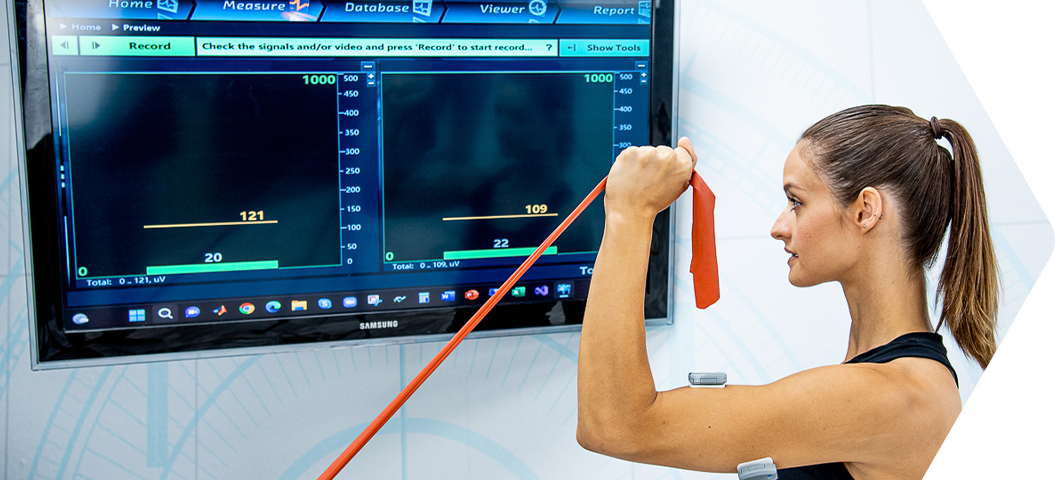Unveiling the Connection Between quantitative EEG and Sleep Disorder Trends for Improved Diagnosis and Therapy
Unveiling the Connection Between quantitative EEG and Sleep Disorder Trends for Improved Diagnosis and Therapy
Blog Article
Sleep apnea is a prevalent slumber condition that affects many individuals throughout the globe. It happens when a person's breathing is disrupted during slumber, leading to poor slumber quality and various medical concerns. One of the methods scientists and doctors are working to better understand and identify sleep apnea is through a technique called quantitative EEG, or qEEG. This approach measures the electrical activity of the cerebrum and can offer valuable insights into how sleep apnea impacts brain function and overall health.
qEEG involves placing small sensors on the head to capture brain waves. These cerebral oscillations are then examined to identify patterns that may indicate sleep conditions, including sleep apnea. By analyzing these trends, healthcare professionals can gain a more precise picture of how sleep apnea interrupts normal brain activity during slumber. This information can be crucial for developing effective treatment plans customized to specific clients. Understanding the connection between qEEG and sleep apnea can lead to improved identification methods and superior results for those affected by this disorder.
Research has demonstrated that people with sleep apnea often display distinct changes in their brain wave patterns. For instance, during instances of apnea, the cerebrum may exhibit heightened activity in certain areas while other areas become less engaged. These alterations can influence how effectively a individual slumbers and how rested they feel upon waking. By using qEEG to monitor these brain wave trends, physicians can identify specific characteristics of sleep apnea in patients, which can help in formulating a more precise identification. This is particularly crucial because sleep apnea can occasionally be confused for alternative sleep disorders, leading to inappropriate therapies.
In addition to enhancing identification, qEEG can also serve a part in assessing the efficacy of therapies for sleep apnea. For example, after a client starts employing a constant beneficial airway force (CPAP) device, which helps maintain the airway open during slumber, qEEG can be utilized to evaluate alterations in brain activity. If the brain shows improved patterns of sleep after starting treatment, it may indicate that the treatment is working well. This response can assist physicians formulate required modifications to therapeutic strategies, guaranteeing that clients obtain the optimal treatment possible.
In More from the author summary, the connection between qEEG and sleep apnea patterns is an exciting area of research that holds promise for enhancing diagnosis and treatment. By understanding how sleep apnea affects cerebral activity, healthcare professionals can formulate more efficient approaches to assist clients achieve better sleep and enhance their general well-being. As studies progresses to advance, it is likely that qEEG will turn into an essential tool in the battle against sleep apnea, leading to superior results for those who experience from this difficult condition.